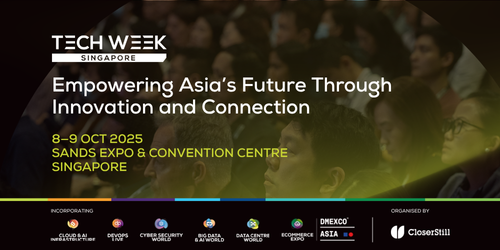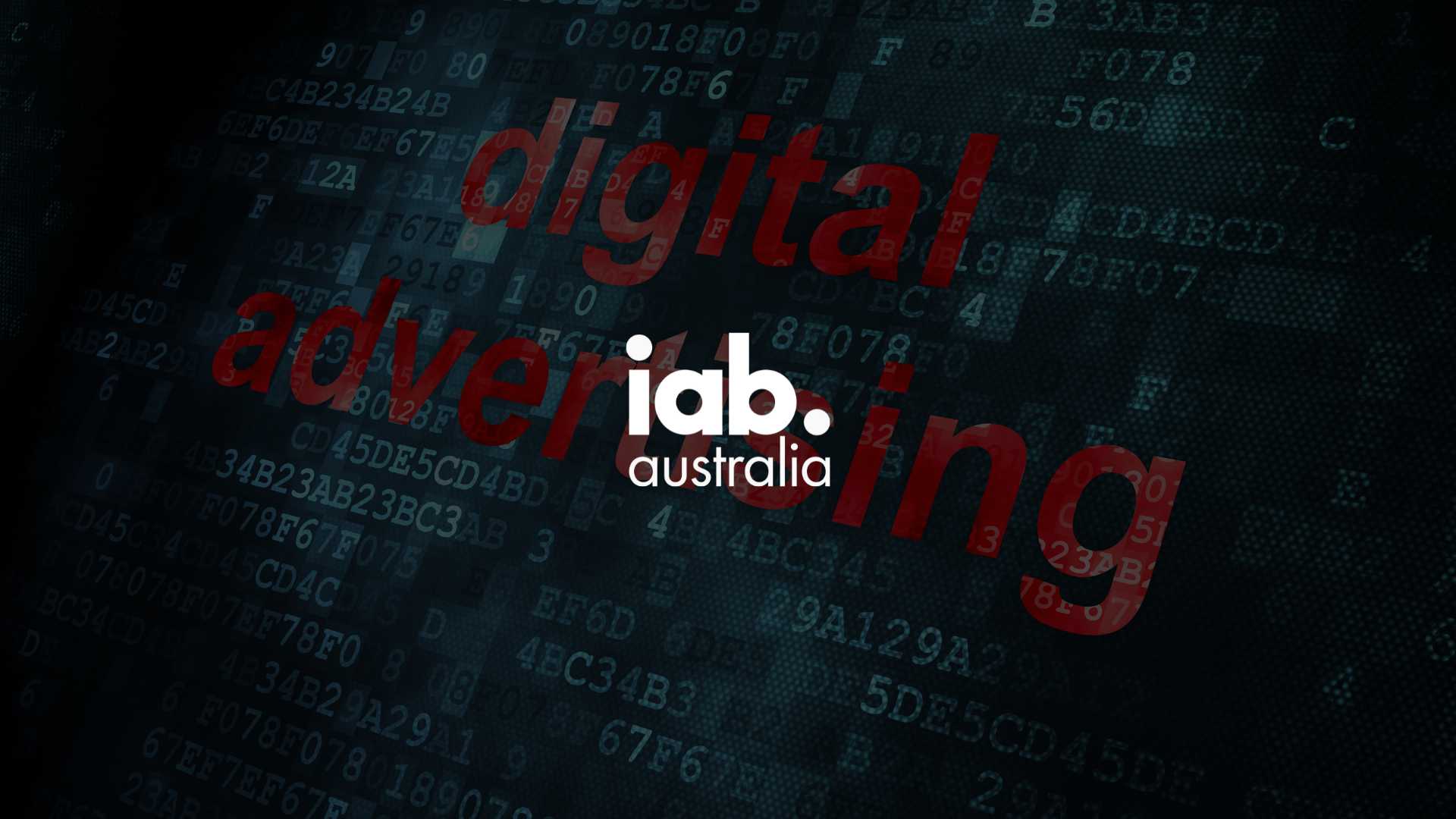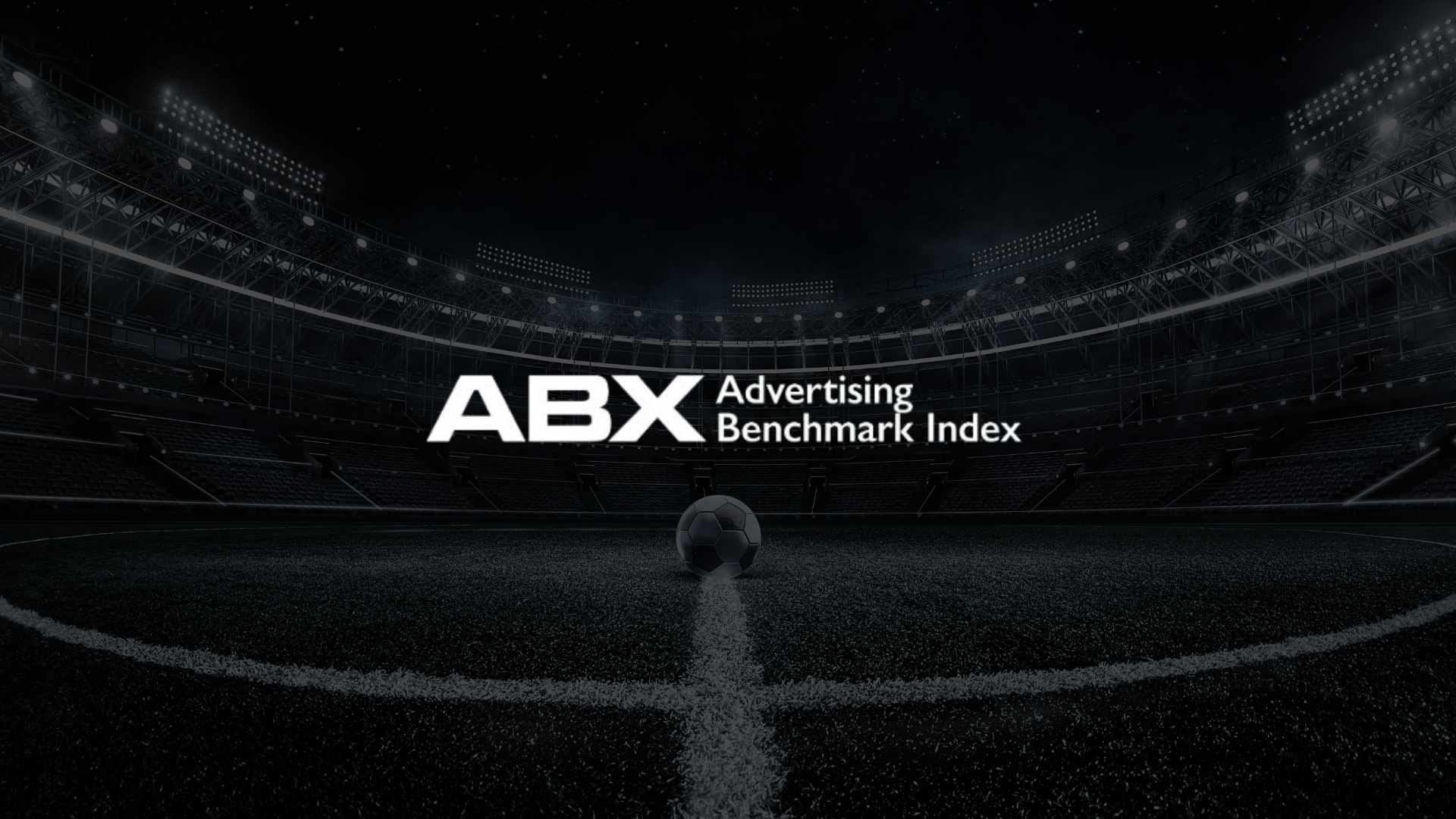Australia’s digital advertising and ad tech sector is recalibrating how it builds and manages talent—facing down economic pressure, technological disruption, and an industry evolving faster than most job titles can keep up.
The IAB Australia 2025 Digital Advertising and Ad Tech Talent Review, released this week, paints a picture of a workforce under strategic transformation. With job vacancy rates dipping to 4%—down from 4.6% in 2024—companies are becoming more deliberate in how they hire, train, and retain staff. Offshoring, flexible staffing models, and a rising reliance on contractors are all on the rise as firms look to manage costs without sacrificing capability.
“Organisations are being more selective in their hiring, while also exploring new ways to boost internal capability and build resilience,” said Gai Le Roy, CEO of IAB Australia.
And resilience is the name of the game. Amid slower salary growth—down to 3.1% in 2025 from 4.2% in 2023—demand remains high for mid-level professionals with 3–5 years’ experience. Entry-level hiring, on the other hand, is on the decline, with many businesses opting for ready-to-run talent over new grads requiring extensive onboarding.
AI: Augmentation, Not Replacement
Artificial intelligence continues to make waves across global industries, but Australia’s ad tech sector is steering clear of the more apocalyptic narratives. According to IAB’s findings, most companies see AI as a productivity tool, not a replacement engine.
That means increased investment in AI training, experimentation, and governance, especially in areas like campaign optimization, reporting automation, and predictive analytics. Internal training initiatives are also expanding into areas like data privacy and leadership development, suggesting a shift toward long-term capability building over short-term outsourcing.
A New Staffing Playbook
Hybrid work models are holding steady, with nearly 45% of companies requiring three days in the office, anchored by at least one team-wide day per week. While this marks no major shift from 2024, it does reinforce the industry’s comfort with hybrid operations and the new rhythm of collaboration.
Offshoring and contractor use have increased, particularly for operational and reporting functions—tasks now seen as more efficiently handled by global support teams. Meanwhile, commercial roles have grown to represent 50% of the industry, reflecting continued emphasis on client strategy and business development over pure technical build-outs.
Diversity: Progress, with Gaps
There are signs of progress on gender representation, with women now holding 38% of senior management roles, up from 34% in 2024. However, while 86% of organisations have DEI policies in place, support for neurodiversity and disability inclusion remains limited—a gap the industry will need to confront as it matures.
What This Means for the Industry
The 2025 Talent Review underscores an industry in flux, navigating the tricky balance between cost control, talent development, and technological integration. With AI promising efficiency gains and new creative possibilities, companies are hedging against disruption not by downsizing, but by reshaping roles, investing in internal learning, and realigning team structures for agility.
In short, Australian ad tech firms are trading headcount for headway—and those that get the balance right may be better positioned for sustainable growth in an increasingly complex media ecosystem.




